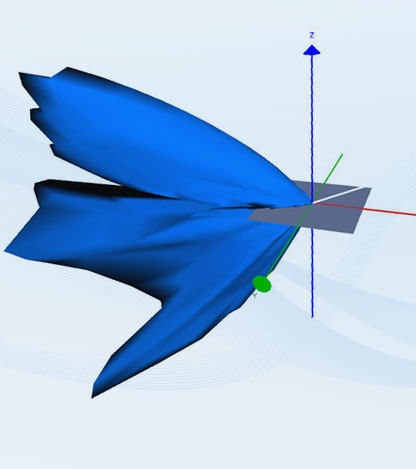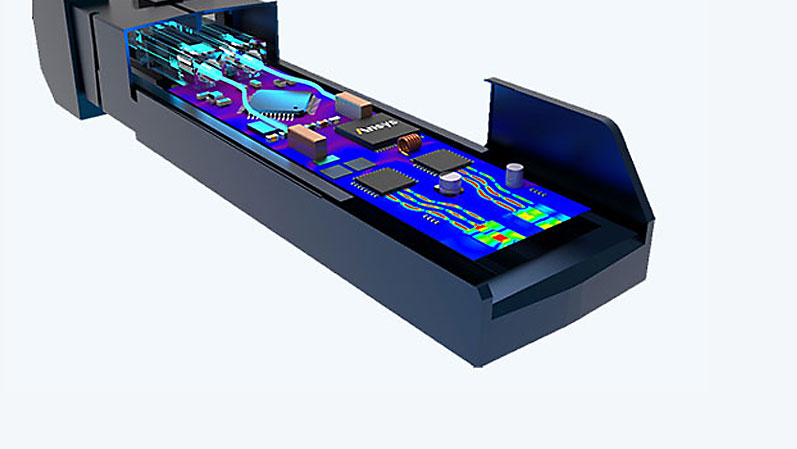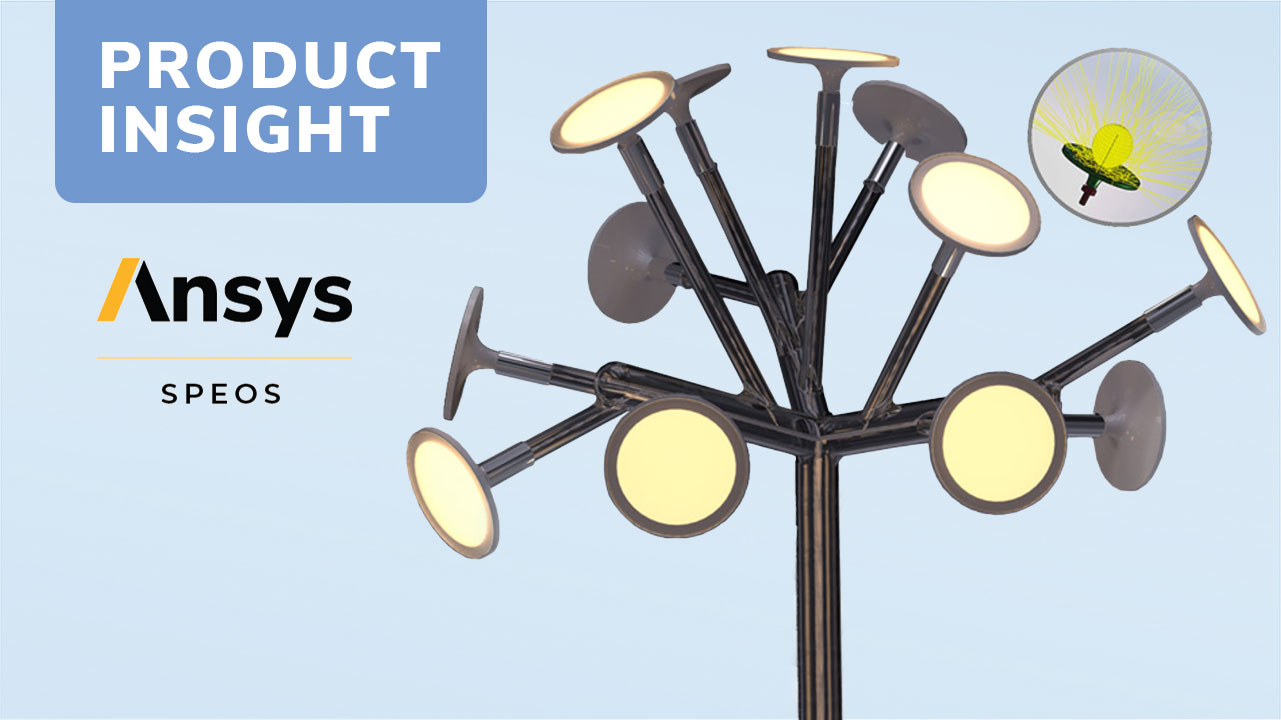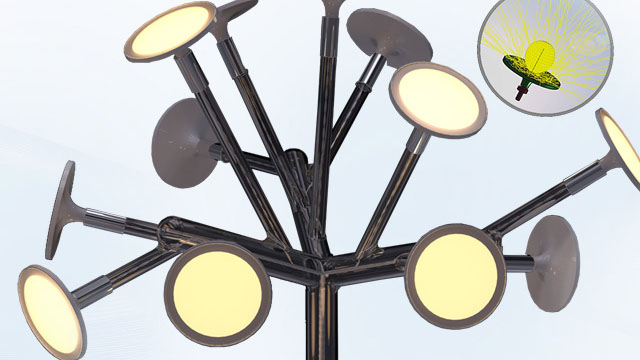Optical simulation at CADFEM
Virtual bright spot
Aesthetics, quality, reliability and energy demand are all requirements that are linked to optical properties in many products. This does not only refer to luminaires, sensors or cameras, but also to many other goods in which optical components are installed and fulfill important functions. Simulation ensures that this is done efficiently.


Simulation plays a key role in developing unique, sustainable, and innovative products, saving time and money compared to traditional development processes. With simulation, ideas can be tested instantly, variants can be compared objectively and even the smallest details can be analyzed. Essential results for the next development step are reliably obtained and the number of tests with often expensive real prototypes is reduced to a minimum.
What applies to mechanics, fluids or electromagnetic fields is also possible in optics and provides the aforementioned advantages for the development of products that work with light in one form or another. Whether a luminaire, optical sensor, camera or laser, if the light behavior is known in advance, necessary changes in geometry, material or light sources can be introduced at an early stage.
Simulation tools for various applications
The challenges for simulation are as diverse as the applications in the field of optics and photonics. In order to meet the various requirements, ANSYS offers many simulation tools, which cover a wide range of optical simulation applications.
As an Ansys Elite Channel Partner, CADFEM makes these software tools available in its portfolio. They are offered accompanied by CADFEM experts with consulting and services. “Simulation is more than software” even goes one step further in this sector – at the CADFEM headquarters, there is an optics laboratory where material parameters, which are immensely important especially for macroscopic optical simulations, are expertly determined.


Dr. rer. nat. Ervand Kandelaki, Business Development Manager, CADFEM Germany GmbHIf you want to reproduce a wide variety of optical applications realistically, the simulation must be physics-based.
Photonics: Ansys Lumerical
Light originates from and transforms into various states of energy in the microscopic world. In such phenomena, grouped under the term photonics, it is crucial to consider the wave character of light. For individual problems, it is also useful to apply quantum-physics methods in the calculation. In the Ansys product range, the lumerical tools, which have been Ansys products since the acquisition in 2020, are precisely tailored for this type of simulation. The properties of coatings, lasers or optical fibers can be studied in detail with Ansys Lumerical.

Optical design: Ansys Zemax OpticStudio
A central task of many optical systems is to represent reality in a visually perceptible way. This is the focus of the development of lens systems, cameras and objectives. Such imaging systems must be precisely designed to ensure proper alignment of the beam guidance and to comply with the respective technical specifications.
This special technical discipline is referred to as optical design. At the end of 2021, the Ansys simulation range in the field of optics and photonics was greatly expanded through the acquisition of the company Zemax. Zemax OpticStudio has made a name for itself as the tool for designing lens and camera systems.
Macroscopic optics: Ansys Speos
While the world of photonics presents itself in small dimensions of about one micrometer and imaging systems like cameras have to be adjusted in the millimeter range, we live in a world of much larger dimensions. If we now take the next step in the hierarchy of physical scales, we enter the realm of macroscopic optical simulation. Here, the question is how the different phenomena of reflection, absorption, refraction and scattering interact in complex systems.
Often the luminosity and the uniformity of light distribution are important, but in some cases the visualization of objects in terms of human perception is also of explicit interest. Both can be analyzed using the flagship tool Ansys Speos for general optical simulation. Recent technological developments have given Speos a significant additional performance boost. Particularly regarding the GPU compute technology, which complements the established CPU solver to deliver complete GPU-based simulation results in fractions of the usual runtime.

Authors: Thorsten Reimann; Ervand Kandelaki; Alexander Kunz (CADFEM Germany GmbH)
Images: © CADFEM (Labor); Ansys (Software)
Published: November, 2022
Contact CADFEM






